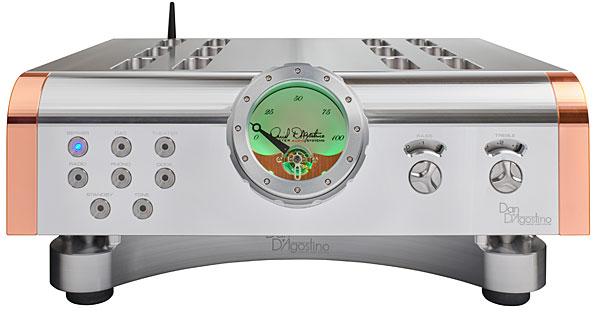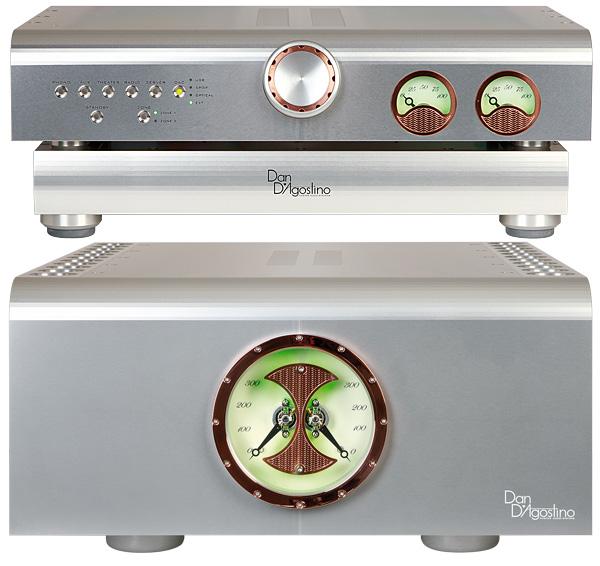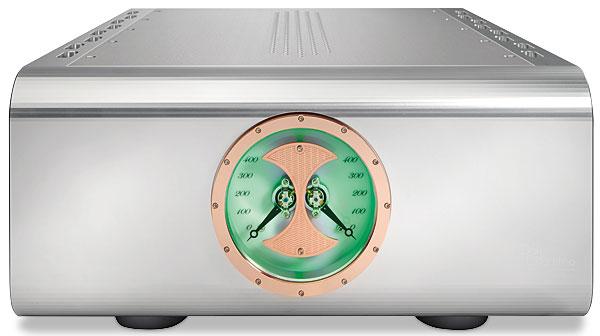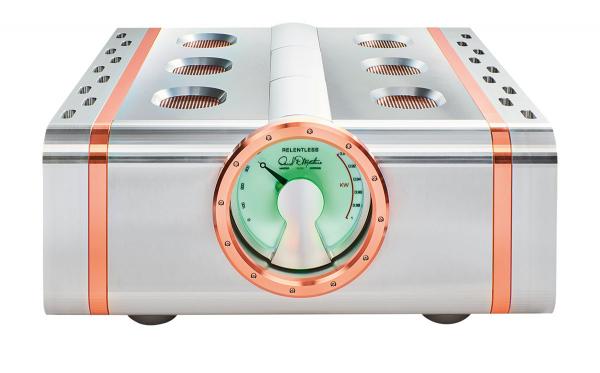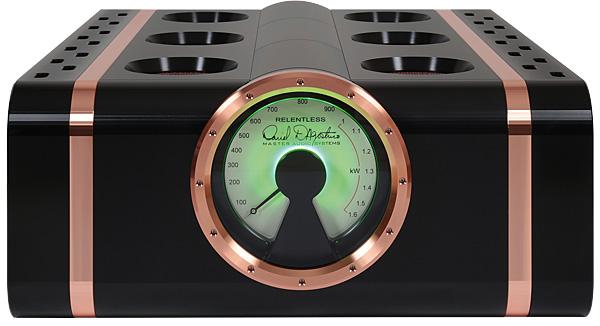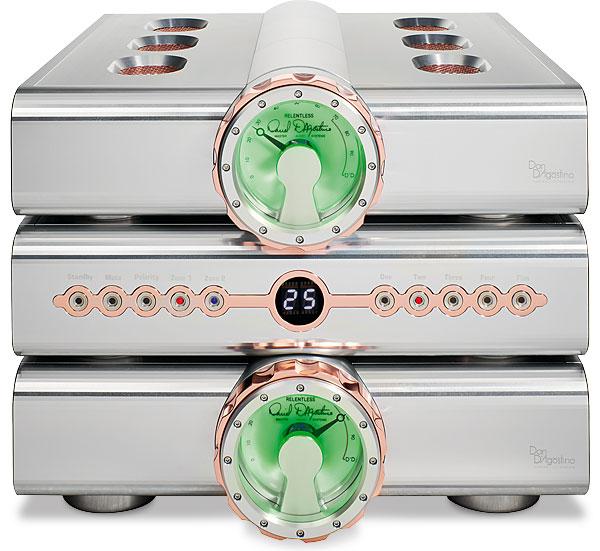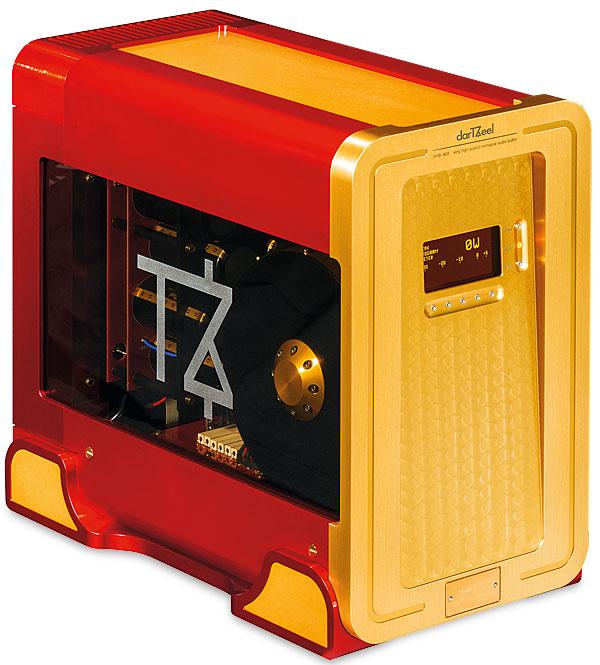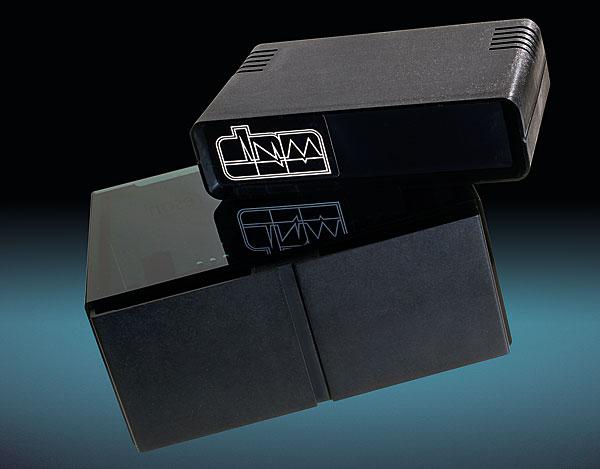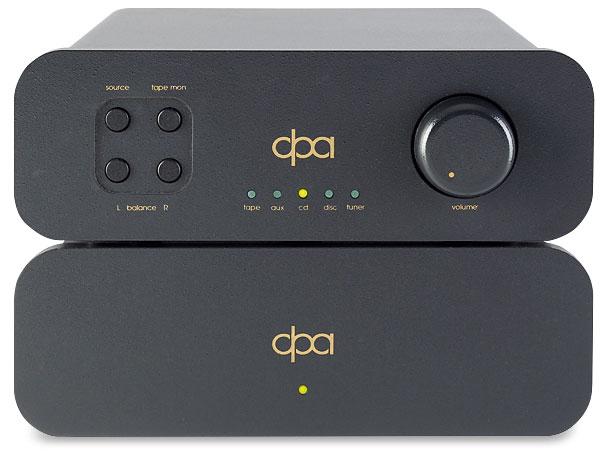Pre/Power Amplifiers
Sort By: Post DateTitle Publish Date
|
Feb 21, 2022
|
Apr 01, 2018
|
Jan 03, 2022
|
May 23, 2023 |
First Published: Jun 01, 1998

 The British contender for the late '70s budget amp crown won the hearts and wallets of many a budding audiophile thanks to some canny tech. How does it sound today?
The British contender for the late '70s budget amp crown won the hearts and wallets of many a budding audiophile thanks to some canny tech. How does it sound today?
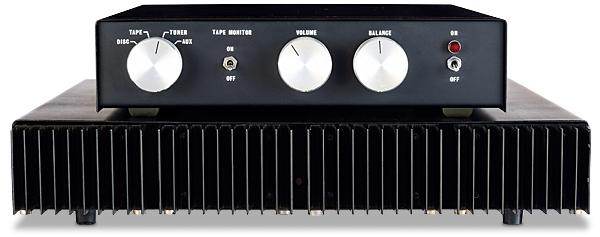
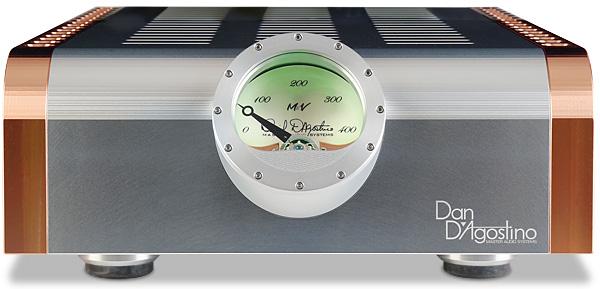
 A bigger PSU, more power transistors and a new input/driver stage – all inspired by the 'Relentless experience' – gives D'Agostino's M400MxV monoblocks more Momentum!
A bigger PSU, more power transistors and a new input/driver stage – all inspired by the 'Relentless experience' – gives D'Agostino's M400MxV monoblocks more Momentum!
